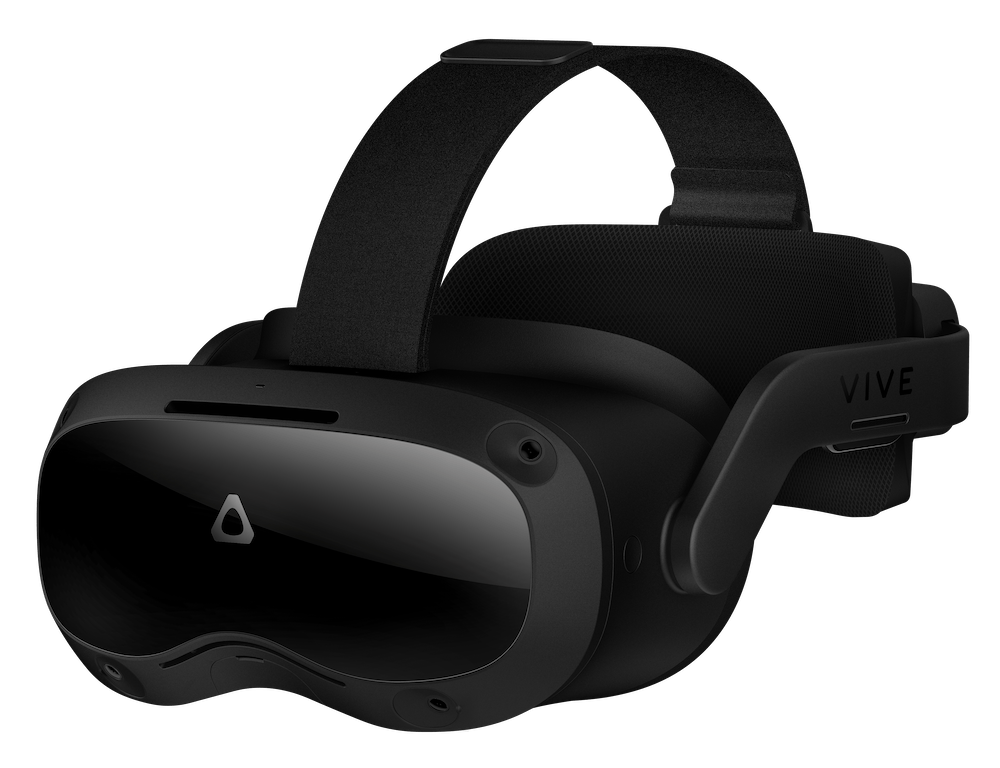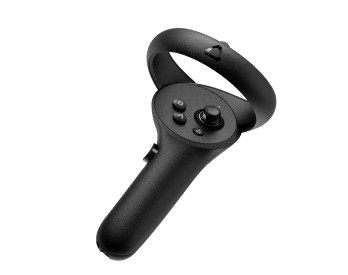We had the opportunity to speak with Jackie Phaneuf, MSN-Ed, RN, CNOR, OR Clinical Educator, to delve into the successful integration of PeriopSim into OR curricula at her facility in Washington DC, USA. Jackie shared her valuable insights into how she effectively incorporated PeriopSim.
Jumana: When talking with Educators who are new to using PeriopSim it is very important that 1) they integrate PeriopSim into the curriculum 2) enough time is given to do the simulations and 3) each learner is expected to get an A or a B competency assessment.
Jackie: Certainly, the first couple of weeks, at least for my interns, we talk about it [PeriopSim] and I have them look at some of the very basic general modules but it’s not until they start to get more and more clinical experiences that I start getting them to do the modules and spend more time doing simulations. At first, they don’t have the complete foundation of knowledge built and PeriopSim helps them in this case.
Jumana: Could you give me some insight into how you plan to allocate time in your orientation schedule before the program starts? When would it complement the didactic portion?
Jackie: I break up my Orientation by weeks. In the first week, Learners are basically just being onboarded by the hospital, the unit, and the department.
Week Three is when I include PeriopSim in my timetable. I schedule PeriopSim for twice a week, for about a total of 1 hour. I start with the basic instrument trays first, then incorporate the simulations as they progress through AORN Periop101. As learners repeat the PeriopSim modules, they increase their ability to retain the information.
Week Three is when I have them start on the procedures. They learn an instrument module and move on to the corresponding procedure module. I do focus on one content module per week and expect that they get an A or B grade. I’ve had better compliance with including 30 minutes of PeriopSim while in classroom days each week, as opposed to requiring it on clinical days.
I’m always changing around orientation setup, but this orientation was nine weeks with eight weeks of didactic training, meaning they were basically in the classroom 2 to 3 days a week and then they were in the clinical experience with a preceptor.
So they were really focusing on learning the core skills and information that they were taught in AORN’s Periop101 in the online modules and in the videos that we watched in the skills labs. But really weeks 9 through 20 for this cohort, that’s when they’re rotating through the different surgical clinical specialties that we have such as orthopedic surgery, and neurosurgery.
They spend two weeks in each specialty, one week circulating and one week scrubbing, doing the nonsterile and the sterile roles.
During clinical rotations, I have learners focus on modules that pertain to those surgical specialties (e.g. orthopedics). That way they have an understanding of the instruments and procedures before seeing them in real life.



